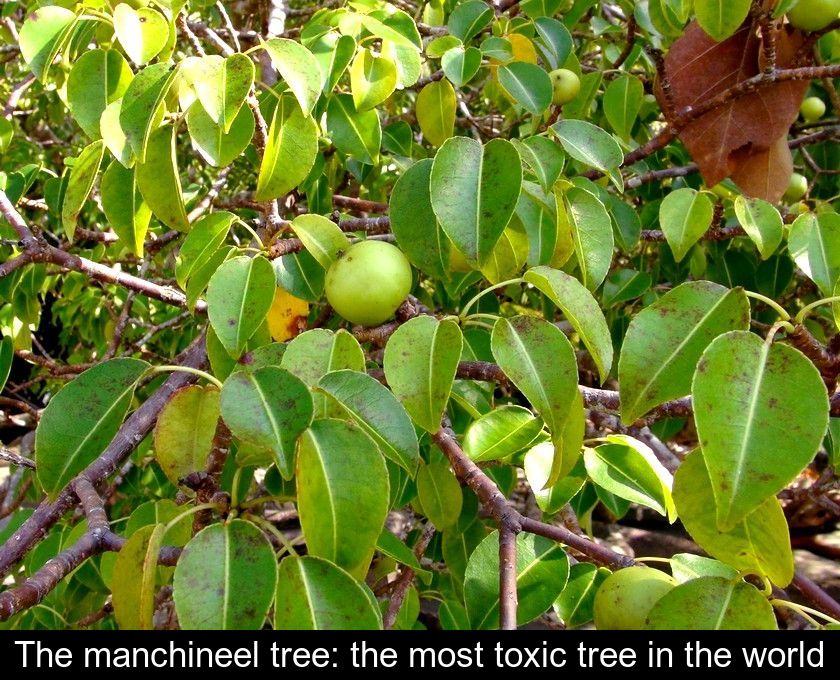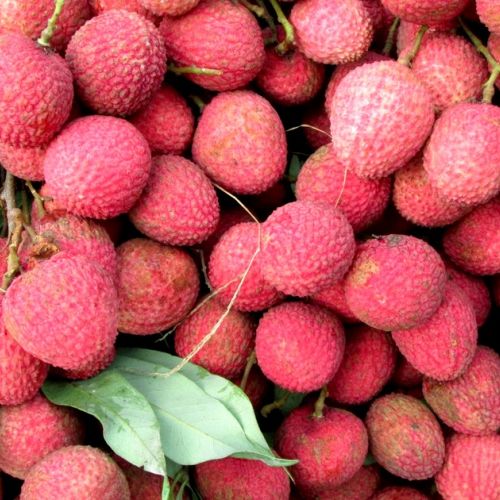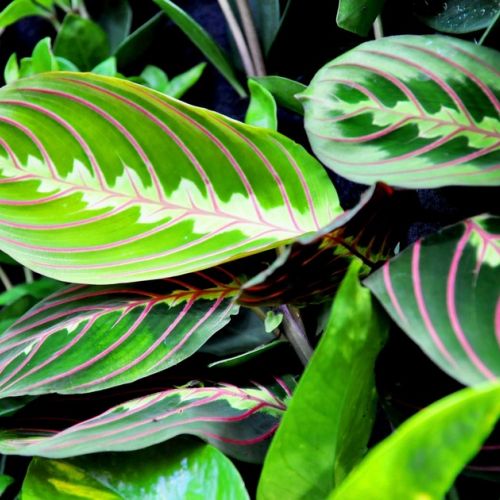The Manchineel Tree: The Most Toxic Tree In The World
If you're planning to spend your next vacation in Guadeloupe or Martinique, beware of the manchineel tree! This local hazard is neither a snake nor an insect, but an extremely toxic tree. We invite you to discover this plant species considered the most dangerous tree in the world.
What is the manchineel tree?
The manchineel tree, or Hippomane mancinella in Latin, is a very common tree in Central and South America, the Caribbean, and the Bahamas.
It naturally grows on sandy coastlines and beaches, but it is much less friendly than coconut trees!
It truly deserves its Spanish nickname of arbol de la muerte, meaning "tree of death," because all parts of this tree are toxic through direct or indirect contact.
How to recognize a manchineel tree?
The manchineel tree is all the more dangerous because it can be easily mistaken for a fruit tree. With its attractive shape and fruits that resemble apples, it appears completely harmless. However, in reality, every part of the tree contains toxic substances. Therefore, it is very important to learn to recognize it in order to stay away from it.
This species from the Euphorbiaceae family is an arbor with gray bark that is rather smooth. It grows to a height of 5 to 10 meters and has oval and shiny leaves, dark green in color. Its spiky inflorescences produce green to yellow fruits shaped like apples, whose pleasant smell is particularly misleading.
Indeed, biting into one of these fruits can cause very serious symptoms: oral burns, pharyngeal edema, vomiting, diarrhea, or digestive hemorrhage. Ingesting these toxic fruits can sometimes lead to death.
What are the dangers of the manchineel tree?
Even if you don't eat its fruits, the manchineel tree can burn your skin or trigger an allergic reaction. It's no coincidence that the Guinness Book of Records has named it the world's most dangerous tree!
Like many species in the Euphorbiaceae family, this tree has an irritating latex. And that's not all! Its leaves, wood, and pollen can also cause burns.
In regions where this tree of death grows, locals know not to shelter under its foliage on rainy days. Rainwater running off the leaves becomes charged with toxic substances and can cause serious skin burns.
The tree's pollen, carried by the wind, causes dermatitis and conjunctivitis. It is even dangerous to burn its wood without precautions because the smoke released can cause burns, conjunctivitis, and sometimes even temporary blindness.
What precautions should be taken?
When visiting Guadeloupe or other tourist areas where manchineel trees grow, it's best to be cautious and watchful for any potential signs or markings.
On beaches frequented by tourists and the public, the manchineel tree is usually marked in red, and signs are installed to warn walkers about the danger of this tree. To reduce risks, simply keep an eye out and stay away from these trees. Be very careful around beaches if you have children.
Finally, if you're wondering why this particularly toxic species has not been eradicated from the beaches, it's because this tree does have its good sides. These trees form a natural windbreak and prevent soil erosion in their natural habitat. They even provide a source of food for certain animals like iguanas, which are not affected by their toxicity.










